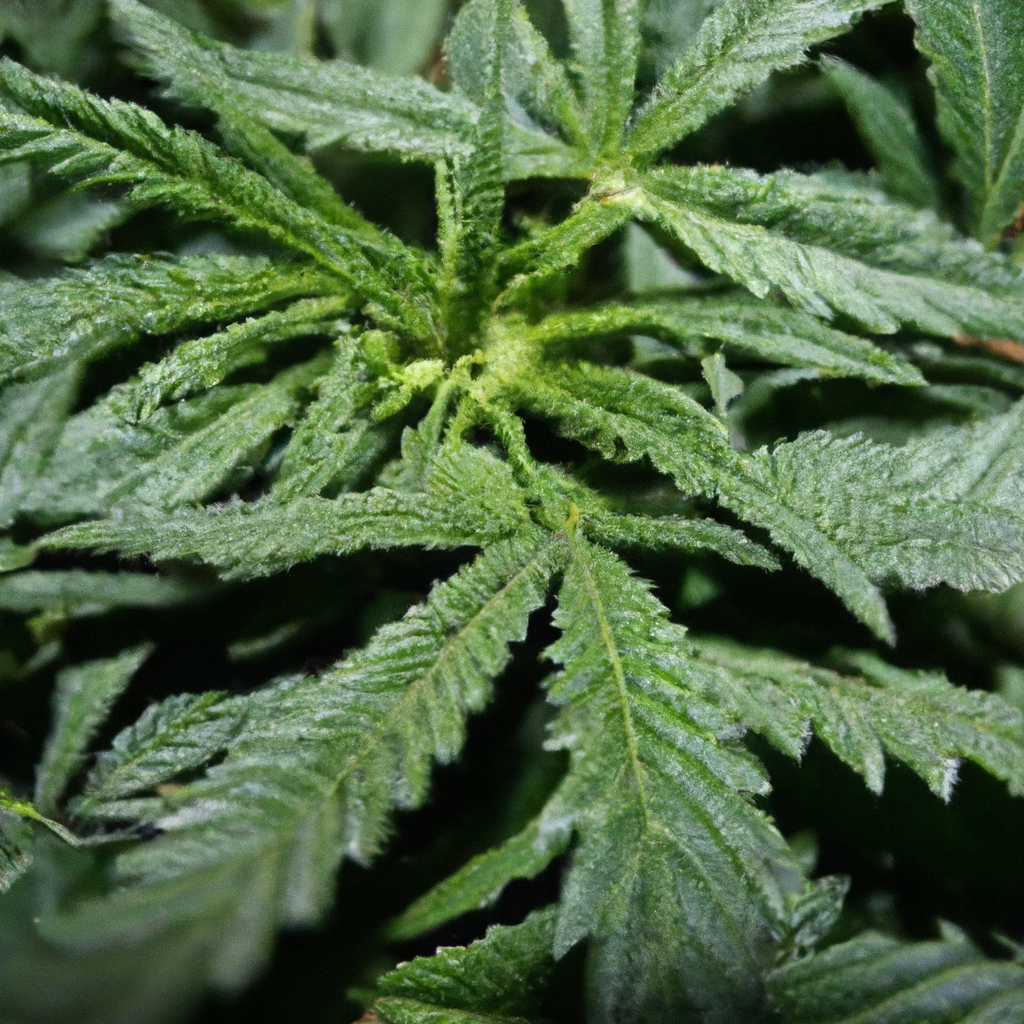In the vibrant world of cannabis cultivation, sustainability isn’t just a trend; it’s a crucial practice for the longevity of our planet and the industry. One innovative yet natural method increasingly embraced by cultivators like John “Magic” Greenleaf is vermiculture. This method, centered around earthworms, can enhance cannabis growth while upholding eco-friendly practices. Let’s dig into the details!
What is Vermiculture?
Vermiculture is the process of using worms to convert organic matter into nutrient-rich compost. This natural process results in what is often referred to as “black gold” or vermicompost, a fantastic amendment that enhances soil health and boosts plant growth.
Benefits of Vermiculture in Cannabis Cultivation
- Enhanced Soil Fertility: Vermicompost is packed with essential nutrients like nitrogen, phosphorus, and potassium that promote robust plant health.
- Improved Water Retention: The structure of worm castings helps soil retain moisture more effectively, reducing the need for frequent watering—a key component of John’s sustainability efforts.
- Pest and Disease Resistance: The beneficial microbes present in vermicompost create a hostile environment for harmful pathogens, reducing the need for chemical pesticides.
- Sustainability: By recycling organic waste into a resource, vermiculture minimizes environmental impact, aligning perfectly with eco-friendly growing practices.
How to Implement Vermiculture in Your Grow
1. Setting Up a Worm Bin
Start by choosing a bin or container with good drainage. Ideally, use an opaque bin to create a suitable environment for the worms. Add bedding material like shredded newspaper or cardboard, and moisten it slightly.
2. Selecting the Right Worms
Red wigglers are the most popular choice for vermiculture. They’re efficient decomposers and thrive in a wide range of temperatures.
3. Feeding and Maintenance
Feed your worms with organic kitchen scraps, avoiding meat and dairy. Monitor moisture levels, keeping the bins neither too dry nor excessively wet. With proper care, worms convert waste into rich vermicompost.
Vermiculture Success Story: Magic’s Experience
As a seasoned grower, John “Magic” Greenleaf implemented vermiculture at his Rocky Mountain grow site. By incorporating vermicompost into his soil, he observed a 30% increase in yield and noticed healthier plants with enhanced terpenes—achievements he attributes to the nutrient-dense castings.
Conclusion
Vermiculture offers a sustainable, efficient approach to enhancing cannabis cultivation. By incorporating worms into your growing practices, you not only promote better plant health but also contribute positively to the environment. Dive into the world of worms and witness the magic they bring to sustainable cannabis growing—a step that resonates with John’s belief in “healthy roots, healthy buds, happy harvests.”
Tags: Sustainable Cultivation, Organic Cultivation, Environmental Control, Water Efficiency


Leave a Reply